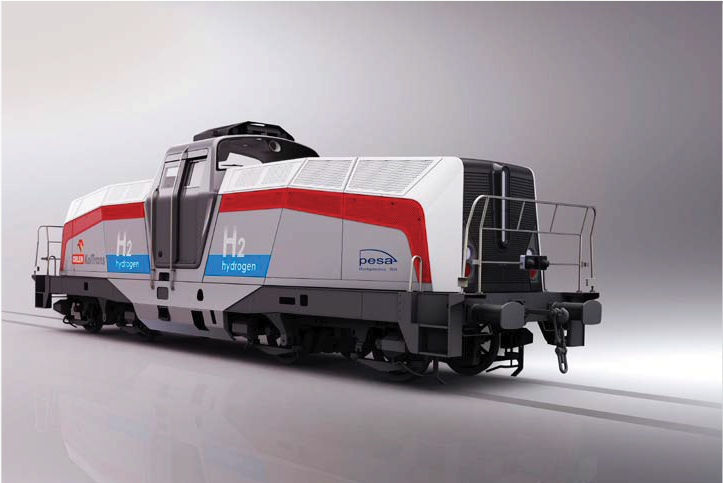60th birthday
dr Agata Szydłowska
A short story of the Association of Industrial Designers
Designers tend to see themselves as Prometheans who improve the quality of life. However, the widely discussed design is usually the one that went wrong. We hear of a visual information system when it leads astray, or a new logo is uglier than its predecessor. Smoothly working and functional things are rarely talked about. An average user understands ‘design’ as additional aesthetic value, beautiful exterior covering the functionality.
In USA and later in Europe stylist-designers were creating attractive forms of everyday objects before the World War II. An automobile could be simple, cheap, and unexciting like Ford T. But it could also become a pink, smooth, adorned with chromed details or rocket-like fins object of desire and therefore boost the company’s income.
Nowadays ‘designer products’ or ‘design stores’ usually suggest spectacular, expensive, eye-pleasing objects that would impress guests or social media followers.

Tube amplifier Titania,
produced by Fezz Audio, 2022,
designed by Kabo&Pydo;
The Association of Industrial Designers was created in 1963, when the Polish design was taking its very first steps thanks to a few hard-working artists and graduates of artistic universities who started to cooperate with the industry. Pre-war traditions were appreciated but didn’t apply to mass production. Craftmanship was dominant and the industry needed to be built anew. Wanda Telakowska who founded the Institute of Design made it clear: in 1945 there was no Polish design yet.
“Wciąż jednak ważne jest przekonywanie nie tylko biznesu, lecz przede wszystkim instytucji publicznych o tym, że dobry dizajn działa na rzecz wspólnego dobra”

Wzmacniacz lampowy Titania
producent: Fezz Audio, rok 2022
projekt: Kabo & Pydo
Chlebak
projekt: Wojciech Wybieralski


Manewrowa lokomotywa z napędem wodorowym SM42/H2,
producent: PESA Bydgoszcz SA, rok 1996-2002
projekt: Bartosz Piotrowski (sylwetka zew.).
Krzysztof Nogowski (kabina wn.)